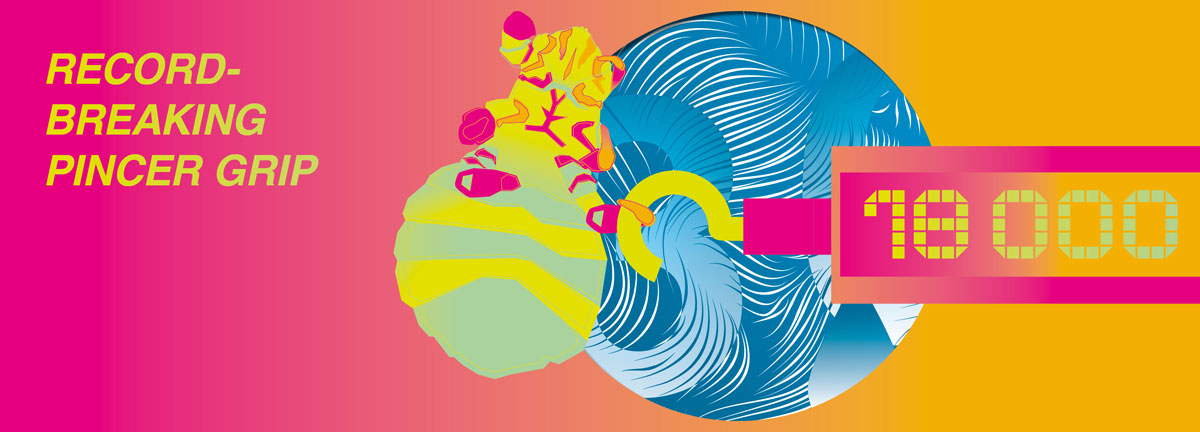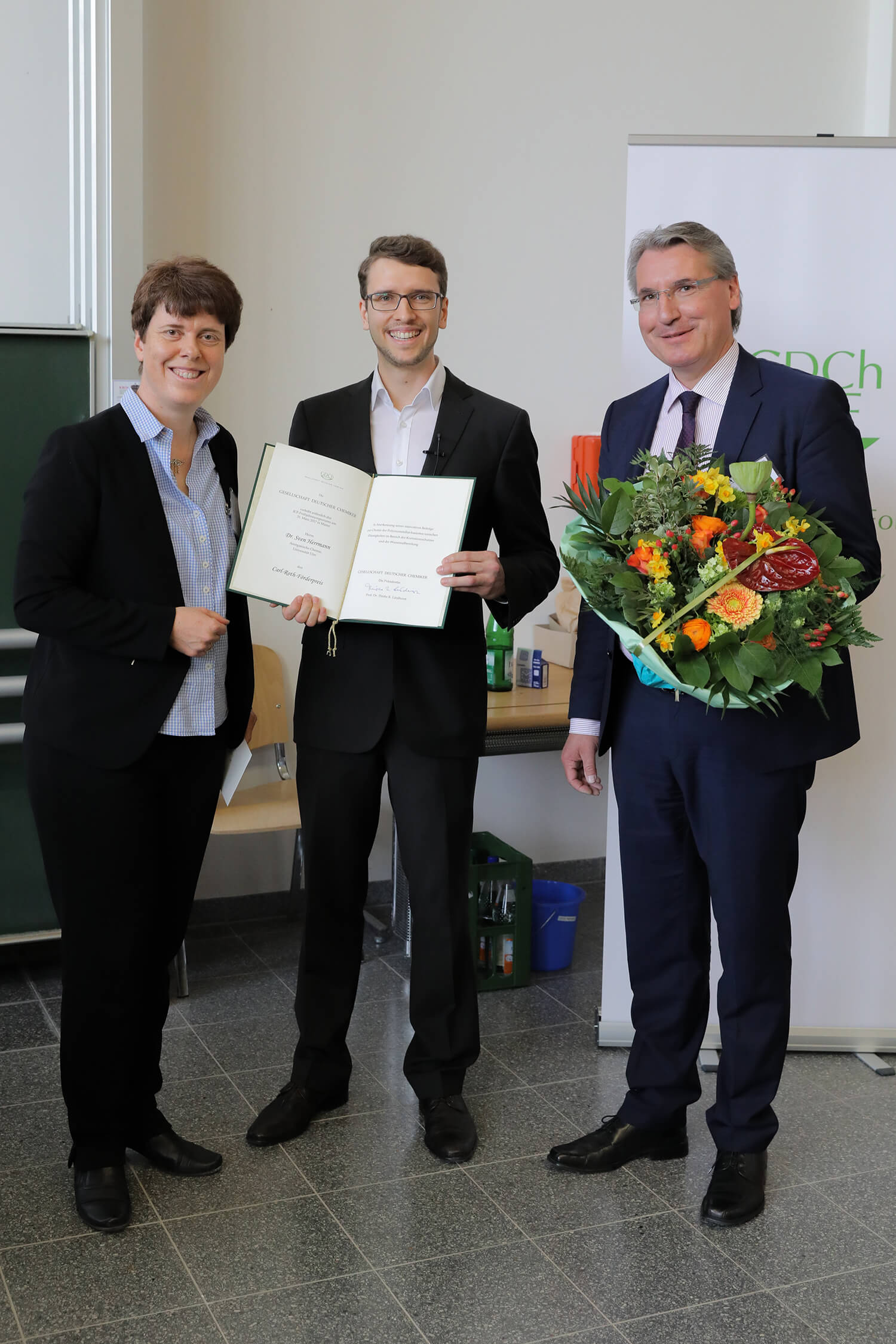
Record-breaking pincer grip
An extraordinary insect is inspiring science with its superpowers: the seal louse is less than half the size of a grain of rice, but can easily hold 18,000 times its body weight. As an underwater parasite, it attaches itself to its host animal with a special pincer grip, enabling it to withstand even high swimming speeds and deep dives in the sea. Its unusual grip strength makes the seal louse doubly exciting for research: a research group at Christian Albrecht University in Kiel has confirmed that the louse has the strongest grip ever measured in insects. In addition, the animal’s carabiner-like holding structures can serve as a model for bionic developments.
Seal louse: master of adaptation in the marine habitat
The seal louse (Echinophthirius horridus) is an obligate ectoparasite that remains exclusively on its host animal and feeds on its blood. In this case, the louse lives on seals, mainly in the North Sea and Baltic Sea. The harsh sea environment is anything but comfortable for insects. Only 13 insect species manage to survive in salt water for long periods of time. No challenge seems too great for the seal louse, even though it has a much harder time than its relatives on land: among other things, it has to cope with longer dives, strong currents, changing pressure, high salinity and temperature fluctuations. This is a constant feat of strength to which the parasite has adapted perfectly through evolution.
Superb smart gripping technique
For seal lice, clinging to their host is much more vital than it is for their land-dwelling relatives – sliding off means certain death in salt water. The key to this is their sophisticated gripping apparatus, which allows them to anchor themselves permanently in the seal’s fur.
Like all other types of lice that live on land, seal lice also have special claws on each of their six legs. But in their case, it is a particularly impressive, multifunctional design. The grippers work similarly to the braking “mini carabiners” used in climbing – they can open quickly, close accurately and release immediately when needed.
Blade-like structures on the inside of their claws enable seal lice to clamp themselves onto the hairs of the seal’s fur, much like crampons. Soft, cushion-like pads, which are also located inside the claws, provide a large friction surface. These “brake pads” specifically increase the contact surface between the host and the parasite, thereby strengthening material adhesion.
This double securing system means that the sea louse is extremely securely seated in the seal’s fur and is not washed off even if its host sprints at high speed or in strong surf.
Kiel-based research team reveals the secret of the pincer grip
A team of scientists at Christian Albrecht University in Kiel has taken a closer look at the extraordinary holding force of the seal louse in the laboratory.
To analyse the morphology of the marine parasite and its gripping apparatus, the researchers used scanning electron microscopy and confocal laser scanning microscopy. This enabled them to visualise both external and internal material structures in three dimensions and then examine them in greater detail.
Researchers at the University of Veterinary Medicine Hanover examined histological sections of the louse in parallel and contributed important information on the ecology and behaviour of the animals to our understanding of the mechanism.
18,000 times the holding force – a record in the insect world
For the subsequent strength measurements, the Kiel-based research team led by Anika Preuss attached live seal lice to human hair and then brought them into contact with seal fur underwater. As soon as the lice had attached themselves to the fur, their ability to hold on to the seal hair was measured three times a day. The result is impressive: the animals can withstand tensile forces up to 18,000 times their own weight.
On average, the “safety factor” (holding force per body weight) of the seal louse is between 4500 and 18,000 – values that have never before been documented for any other insect. By comparison, people and machines generally achieve a safety factor of between 1 and 10.
Bionics: what technology can learn from the seal louse
The ability to hold 18,000 times its body weight is not only a record in the insect world, it is also a lesson for technology and science:
The seal louse impressively demonstrates how efficient and sophisticated evolutionary solutions from nature can be. In a body just two millimetres long, it combines biomechanical sophistication, material optimisation and adaptability to extreme environmental and living conditions.
It is of note that their holding force is not based on active muscle power, but on passive mechanical principles. Their gripping mechanisms are therefore energy-efficient, robust, and adaptable to different situations – properties that are in demand in many technical applications.
The conclusion: Like many other animals and natural processes, bionics can learn a lot from the seal louse. Their carabiner claws with integrated friction padding could serve as a model for future gripping and holding systems – for example, in underwater robotics.
You can also find small and large technological marvels in the Carl ROTH online shop: www.carlroth.com
Sources:
https://www.wissenschaft.de/erde-umwelt/rekord-haltevermoegen-bei-insekten-festgestellt
https://www.uni-kiel.de/de/detailansicht/news/035-seehundlaus
https://www.biologie-seite.de/News/Warum_die_Seehundlaus_eine_Meisterin_des_Klammerns_ist.html


